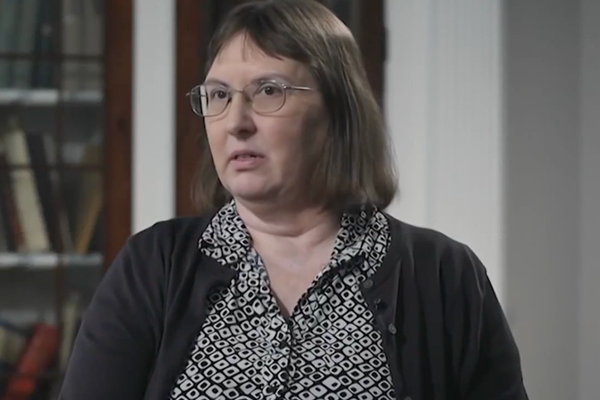
An increasingly complex tax system is burdening the government and businesses with hundreds of millions of pounds more in administration costs, Whitehall’s spending watchdog has warned.
The report by the National Audit Office (NAO) also said “poor levels of service” meant some taxpayers and their representatives were “finding it more difficult to deal with their tax matters and are losing trust in HM Revenue & Customs [HMRC]”.
The UK’s tax authority has found itself under fire from various quarters recently: last month, another official spending watchdog accused HMRC of deliberately running down its phone services to force people to go online after finding that average call waiting times had increased sharply.
HMRC’s administration costs for running the tax system rose by 15% – equivalent to £563m – in real terms between 2019-20 and last year, and totalled £4.3bn in 2023-24, with tax revenue increasing at a similar rate, according to the NAO.
Costs have bumped up in part because the number of people liable to pay income tax surged by 4.5 million between 2020-21 and 2023-24 to hit 36.2 million.
Growing numbers of people have been pulled into the system as a result of “fiscal drag”. The freezing of personal income tax thresholds until 2028 will pull more and more low-income households into paying basic-rate tax, which kicks in at £12,570 a year, and those with earnings nearing £50,000 into the higher 40% rate, which kicks in at £50,270. Rising employment and population growth have also helped push up the numbers of income tax payers.
Administrative expenses are expected to rise by a further £875m in the next few years as changes to tax rules introduced under the last and current governments, plus the cost of work to detect and deter fraud, add to the financial burden.
Despite more use of technology and automation, the administrative costs for businesses to comply with the tax rules has been estimated to total £15.4bn a year. However, the NAO said this figure “is likely to be an understatement”, and it added that there was no equivalent estimated figure for individual taxpayers.
The report said the cost of administering the tax system was on the rise as it was becoming “increasingly complex”. Small businesses such as landlords are expected to be be particularly hard-hit as they are being asked to switch to digital records for self-assessment.
The government announced plans to simplify the tax system in the autumn budget, and a package of measures – expected to include reducing the burden on small businesses – is set to be announced in April.
Responding to the report, an HMRC spokesperson said: “It costs us just half a penny to collect every pound of tax revenue, with the NAO recognising our compliance work provides good value for money.”
They added: “We’re already improving and modernising the tax system to deliver the services our customers expect and slash red tape for business, and ongoing investment in our digital services will be vital to closing the tax gap yet further.”
The NAO has called on HMRC to reduce the administrative cost burden for taxpayers to improve efficiency and productivity and gain a clearer understanding of the costs and benefits of activities that prevent non-compliance.
Gareth Davies, the head of the NAO, said: “Businesses and individuals deserve a modern, resilient and effective tax system to help them get their tax right first time.
“To get the most out of the money it spends on collecting taxes, HMRC must better understand how changes to the system affect the costs it incurs in administering taxes, as well as the financial burden on individuals and businesses.”







